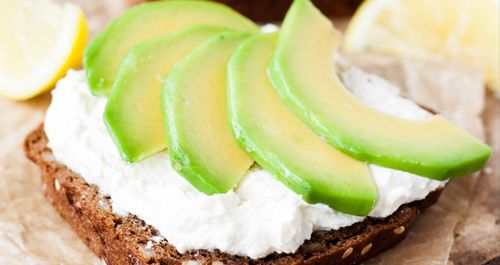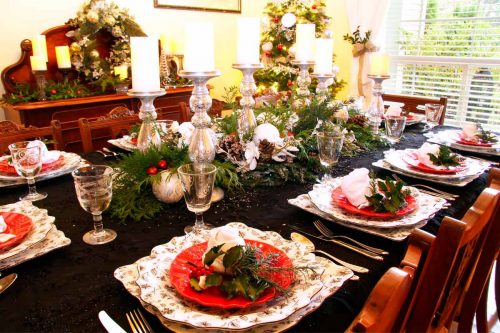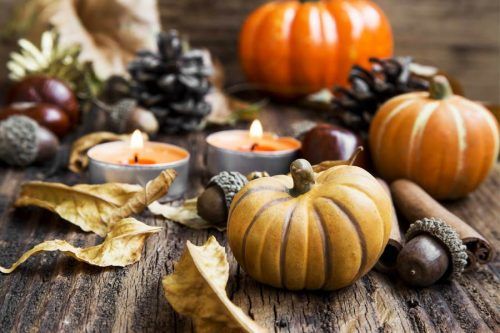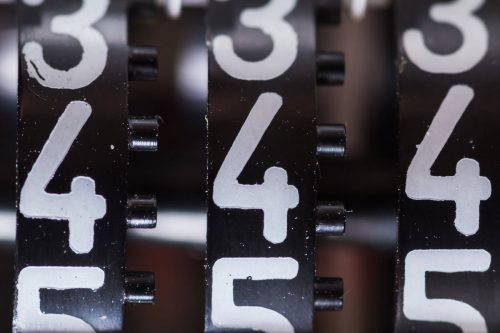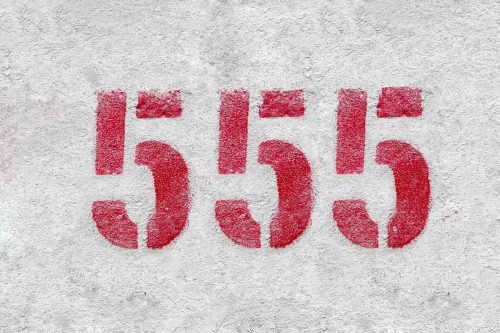Teens these days are very demanding that is why when choosing between teen bedroom ideas to pick from, there is much to consider. Luckily, we have gathered the best ideas in one place for you!
Cute Baby Boy Names For All Tastes
Is your baby coming soon, but you are still not sure how to name him? We have the list of the best and unusual baby boy names ready for you. All you need to do is to take a pick!
61 Fabulous Decoration Ideas For Valentine’s Day
Searching for some interesting decoration ideas to adorn your house for Valentine’s Day? We can assure you that your search is over. In our photo gallery, you will definitely find what you are looking for.
45 Most Beautiful Christmas Fireplace Decorations
Check out these amazing Christmas fireplace decoration ideas to draw some inspiration for yourself. The fireplace in your home is usually in the spotlight during the Christmas celebration, so you should really take care to decorate it beautifully.
Fantastic Looking Napkin Rings To Fit In Any Holiday Table
Not everyone knows what special vibe the properly chosen napkin rings can create. You can find a suitable look for all the occasions here. We promise – your guests will be in complete awe!
62 Ways To Decorate With Spectacular Christmas Garland
A Christmas garland is an essential element of any holiday home décor. If you have not tried to adorn your house with it, then it is high time to change it. Find the most inspiring ideas in our guide.
42 Awesome Christmas Tree Decorating Ideas
The Christmas tree is undoubtedly a centerpiece of your holiday home decorations. Sure thing you want it to look beautiful and unique to infuse guests with a festive spirit. Use our photo gallery as your source of inspiration.
68 Beautiful And Festive Outdoor Christmas Decorations
Outdoor Christmas decorations are a must when the holiday season is about to start. If you wish your yard to look like no one else’s – welcome!There are many outdoor Christmas decorations available, but we have gathered here all the freshest ideas to at least give a thought to. There are décor elements to suit all tastes and to bring holiday mood in.
80+ Simple Holiday Centerpiece Ideas
Are you looking for simple yet beautiful holiday centerpiece ideas? Here are some suggestions that will make any party dinner table look festive and heartwarming. Check them out and choose the one that matches your interior best.
18 Favorite Comfort Food Recipes to Stay Healthy During the Fall Season
Comfort food will allow you to stay healthy and filled during the fall season. As our body tries to adjust to new weather conditions, it will require other types of food than in summer. These recipes will help you out.
51 Amazing Pumpkin Carving Ideas Your Should Try This Halloween
Every Halloween is a little challenge for all carving lovers, as every year you try to be even more creative. To inspire you for your next masterpiece, we’ve gathered the most unique pumpkin carving ideas here.
49 Totally Creative Thanksgiving Decorations To Stun Your Guests
Thanksgiving is a wonderful celebration that gathers all your close people at the festive table. Do you want to make this warm atmosphere even more special? Get inspired by our creative and fancy Thanksgiving decorations!
58 Exciting Gift Ideas That Everyone Will Be Beyond Happy To Get
Tired of looking for perfect gift ideas for your family and friends? No worries. Our guide features amazing ideas for presents for everyone, your parents, mates, coworkers and other important people in your life. Feel free to study it carefully.
Halloween Decorations: 37 Creative Ideas to Get Your Boo On
Do you want your Halloween decorations to express your creative nature? With our guide, it will not take you much time or effort to decorate your house for Halloween better than anybody in your neighborhood.
11 Quotes For Women With A Resting Bitch Face
Women with a bitch face often get asked the same questions. Do you want to know what you should avoid telling a girl with such a facial expression? You will find all the answers in our guide.
100+ Good Night Quotes To Exchange Before Sleep
Using good night quotes for wishing sweet dreams is really romantic and sweet. Not only romantic, but also funny and inspirational, they will make your partner smile from ear to ear before going to sleep. Isn`t that your most desirable intention?
Types Of Study Room To Consider When you Need Your Special Work Place
Often, the study room is somehow left out when you plan your house. However, we have it covered for you! Any study for every taste can be found here! A study room is an important area, and you need to be fully aware of all the available options, luckily we have it all covered here!
How Does 444 Angel Number Meaning Affect Every Sphere of Your Life?
What is the genuine 444 angel number meaning when it comes to love, work, health, and finances? While there isn’t a simple answer to convey, we may say that most of them are closely intertwined. Would you like to know what the universe has in store for you? You’ve come to the right place!
333 Angel Number Meaning in Love and Relationship, Money and Business, Life Goal and Numerology
Looking for the 333 angel number meaning? You are sure to find it here. Our guide explains what the angel number means in different realms, such as religion, Astrology, numerology, etc. Explore it carefully to know more.
Intriguing and Exciting Strings of 555 Angel Number Meaning Deciphered
The universe has a way of communicating with us. Yet, as with any other language, you must learn the words to understand their meaning. The 555 angel number meaning is a chapter from the book of Angles that you should be ready and willing to decipher if you want to live your life to the fullest!





